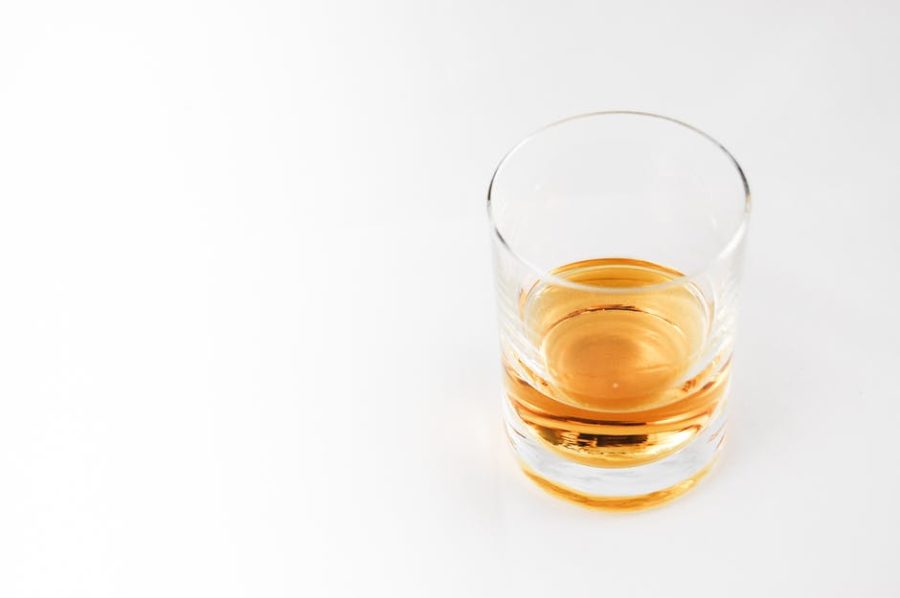Calories in Alcohol Are Sabotaging Your Diet
It is no secret that alcohol is not a friend of the liver, brain, kidney, or one’s decision-making, but it also does not get along with your diet.
Alcohol is pretty fattening. This may come as a surprise to some and if so, sorry to break it to you, but alcohol contributes nothing to your diet except for more calories and they are not easy to get rid of.
Consuming more calories than your body can use results in weight gain. Alcohol contains “empty calories,” which mean they offer nothing appealing nutritionally to your body. You may have heard that certain alcohol contains vitamins or minerals and while that is not a lie, it is a half truth. Yes, alcohol contains hints of vitamins and minerals, but not enough to benefit your body. Alcohol contains seven calories per gram. For comparison, pure fat has nine per gram. Seven calories per gram is nearly twice as much as protein and carbohydrates. Empty calories cannot be burned easily, which sabotages our metabolism.
Our metabolisms convert the fuel from the food we eat into energy, helping us to burn calories and making it less likely that fat gets stored and put on weight. Drinking alcohol slows down the metabolism because our bodies cannot proficiently metabolize the fats and sugars from it. It also reduces the amount of fat the body is burning because alcohol cannot be stored like nutrients, carbohydrates, and protein can.
Our bodies are smart, they know alcohol does not benefit them so they want to break it down as soon as possible. This halts other processes in the body, like the breakdown of other calories, absorption of nutrients, and fat burning.
Tip: Alcohol is very unkind to those seeking a flat tummy – it decreases the fat burning there, hence the term “beer belly.”
To give you a better idea, the alcoholic beverages that are the most fattening are beer (which contain more than 150 calories per 12 ounces), cocktails, and flavored liqueurs, like Schnapps and Malibu rum. Malibu rum, for example, contains 80 calories per 1.5 oz. A single shot of vodka, whiskey, or gin is about 65 calories. A single shot of rum is around 185 calories and a shot of bourbon is 105 calories. Mixing a drink with regular soda or juice severely bumps up the calorie amount. If you are looking to mix, seltzer or diet soda are your best bet.
Wine is packed with calories as well, but are somewhat of a low-calorie choice when it comes to alcohol. Depending on the type, wine can range from 100-200 calories per serving. White wine contains fewer calories than red wine – the bitter, the better. For example, at four ounces a glass, Pinot Grigio can contain 105-140 calories, Chardonnay can contain 150 to 170 calories, Merlot can contain 115 to 150, and Cabernet Sauvignon can contain 135 to 190. Again, it depends on the type, like where it was made.
Have no fear, there are ways you can alter your drinking habits to appease your diet. For starters, and probably the most obvious, limiting your alcohol intake. To make it easier for your body to burn alcohol, lightening its load is the easiest way. That means limiting yourself to one to two drinks.
If you are in the mood for a cocktail, go simple. Cocktails are more likely to contain more sugar, meaning more calories, but they also make you hungrier than other kinds of alcohol. The extra sugar causes your blood sugar to go on a rollercoaster ride, but what goes up, must come down and when it comes down, you are going to be really hungry. Those calories from eating will then take a backseat so your body can work on breaking down the alcohol first, and that can lead to fat being stored (weight gain). On that note, do not eat less so you can drink more. Eating a full meal before drinking can help keep your metabolism in check.
Drink in moderation, my friends.
Your donation supports independent, student-run journalism at Pace University. Support the Pace Chronicle to help cover publishing costs.


